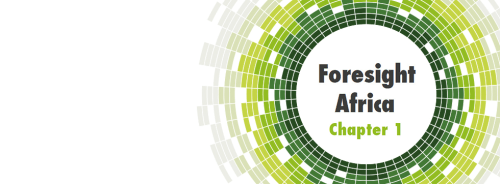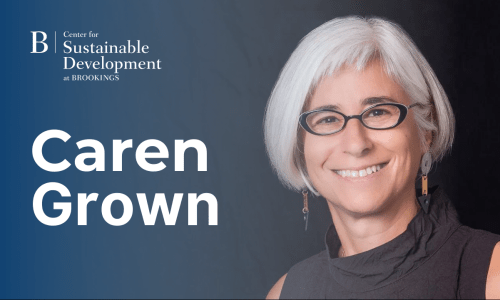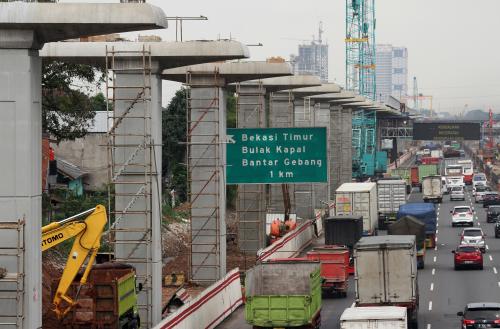Below is a viewpoint from Chapter 1 of the Foresight Africa 2017 report, which explores six overarching themes that provide opportunities for Africa to overcome its obstacles and spur inclusive growth. Read the full chapter on mobilizing financial resources here.
 Modern, efficient infrastructure is the key to economic growth. Unfortunately, energy, transportation, and internet costs in Africa are among the highest in the world. This lack of infrastructure makes it difficult for African markets to grow sustainably. It also inhibits companies, including those in the United States, from accessing these markets.
Modern, efficient infrastructure is the key to economic growth. Unfortunately, energy, transportation, and internet costs in Africa are among the highest in the world. This lack of infrastructure makes it difficult for African markets to grow sustainably. It also inhibits companies, including those in the United States, from accessing these markets.
Many African governments are working hard to address this issue by building airports, rail lines, and power plants. But they cannot do it alone. The World Bank estimates that $95 billion is needed annually to build the infrastructure Africa needs to sustain its growth—a price too steep for the public sector to bear on its own.
The only way to meet this demand is to mobilize private capital in support of infrastructure development, which is exactly what the U.S. Trade and Development Agency (USTDA) does. As the U.S. government’s project preparation agency, we help African stakeholders alleviate a key constraint to infrastructure development: lack of bankable projects. There has been a sharp expansion of investors and investment funds interested in Africa in the last few years, but that investment has been stalled by a lack of qualified projects available for investment.
To address this issue, USTDA provides African project sponsors access to U.S. industry experts who conduct the comprehensive analysis required for their infrastructure projects to attract financing and reach commercial operation. This early-stage financial support creates opportunities that were not previously available: It opens the door for private sector capital to enter with less risk and opens up markets to U.S. firms. It also helps African developers build the infrastructure they need to grow their economies.
At this year’s U.S.-Africa Business Forum, our Kenyan partners described how assistance during a project’s initial stages—which are also its riskiest—helps them attract financing.
This mutually beneficial model works. At this year’s U.S.-Africa Business Forum, our Kenyan partners described how assistance during a project’s initial stages—which are also its riskiest—helps them attract financing. One energy developer said that while he went into the USTDA process thinking he had done his homework, undergoing our due diligence and working with U.S. industry experts has improved his project and prepared him to face financiers.
Demand for this kind of support has never been higher. To meet it, we at USTDA are leading the communications strategy for the Project Preparation Facilities Network, an association of 19 facilities preparing African projects for financing. By coordinating closely with our sister organizations, we can increase the number of bankable projects, unlocking private capital and building the infrastructure Africa needs in 2017 and beyond.
As both a daughter of Nigeria and a proud American citizen, I am excited about the promise this holds for African project sponsors and their U.S. partners.





Commentary
Foresight Africa viewpoint: Unlocking infrastructure investment across Africa
January 17, 2017